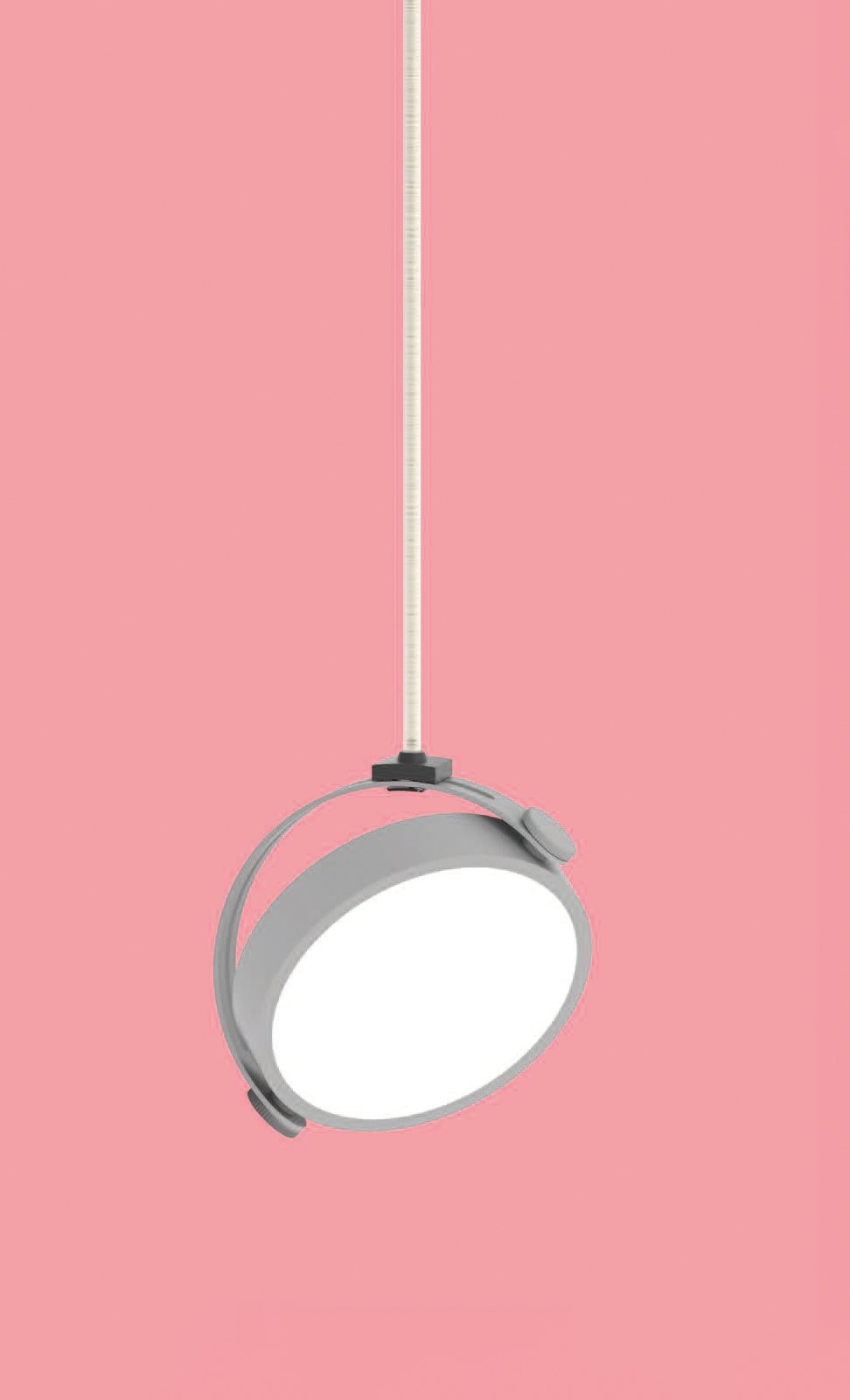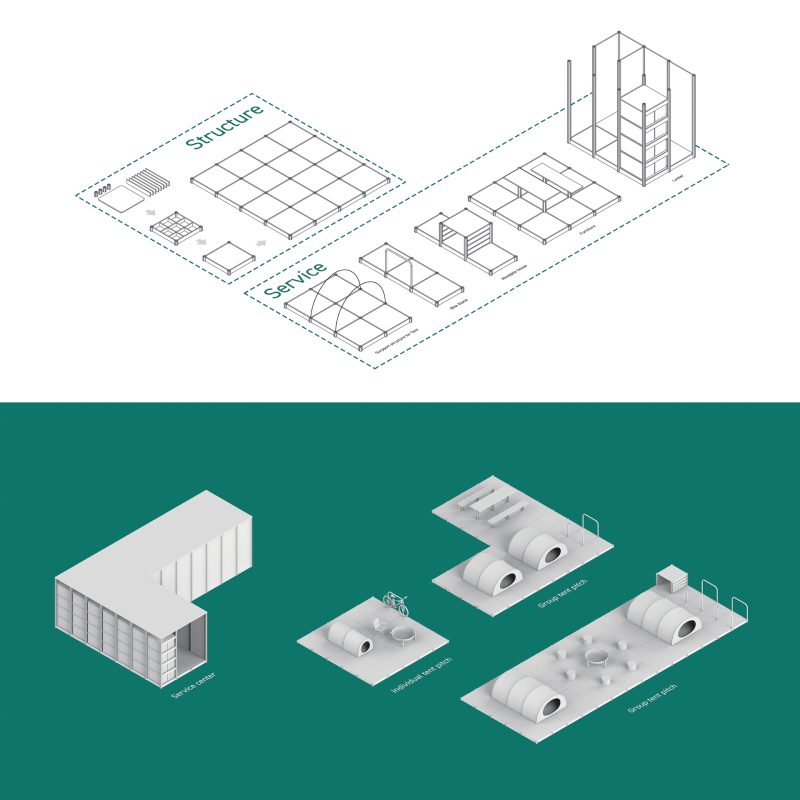
Design und Marketing
Nowadays, digital marketing generates an enormous reach for products. Furthermore, we live in a world where products can be consumed in surplus. It is in this context that human-centred design aims to design products that meet the needs of users. However, merely associating products with qualitative attributes is not sufficient. Rather, they should reflect the identity of the company, which is a corporate one.
As humans, we can be programmed. Our brain loves storytelling. From today’s perspective, when we consume a product, we only consume the benefit at second glance. Storytelling seduces our subconscious and leads us to believe that we must possess this particular product. We as users form part of the life cycle of a product. Design and marketing are the communication interface between product and user. Yet in today’s more environmentally conscious society, the entire life cycle of a product should be taken into account. In the future, it will be necessary to question whether the needs of people are being met with each design and development of a product. After all, a product that people themselves state they do not need, they also will not use.
AVIO
Not only does light satisfy optical needs, it has also always had an emotional and biological effect on humanity. In 2002, the third photoreceptor in the human eye was researched and it was established that it is not responsible for vision, but is in fact directly connected to the brain. Aspects such as colour temperature and the intensity of light therefore have a direct effect on us. Consequently, the focus is on the individual when designing lighting concepts. So it was that the idea of Human Centric Lighting (HCL) was born. When a worldwide pandemic was declared in 2020, HCL increasingly became the centre of attention. The lives of people almost exclusively occurred in one place: at home. However, the right kind of lighting that can adapted to human needs is usually lacking there. The AVIO lighting system takes into account the individual demands of its users, which entails adaptability as a prerequisite for good lighting, and meets the requirements of good quality vision, work, and life. With simple restraint and the precise integration of the IoT (the internet of things), AVIO can be adjusted to any work, exhibition, living, or mood context.



